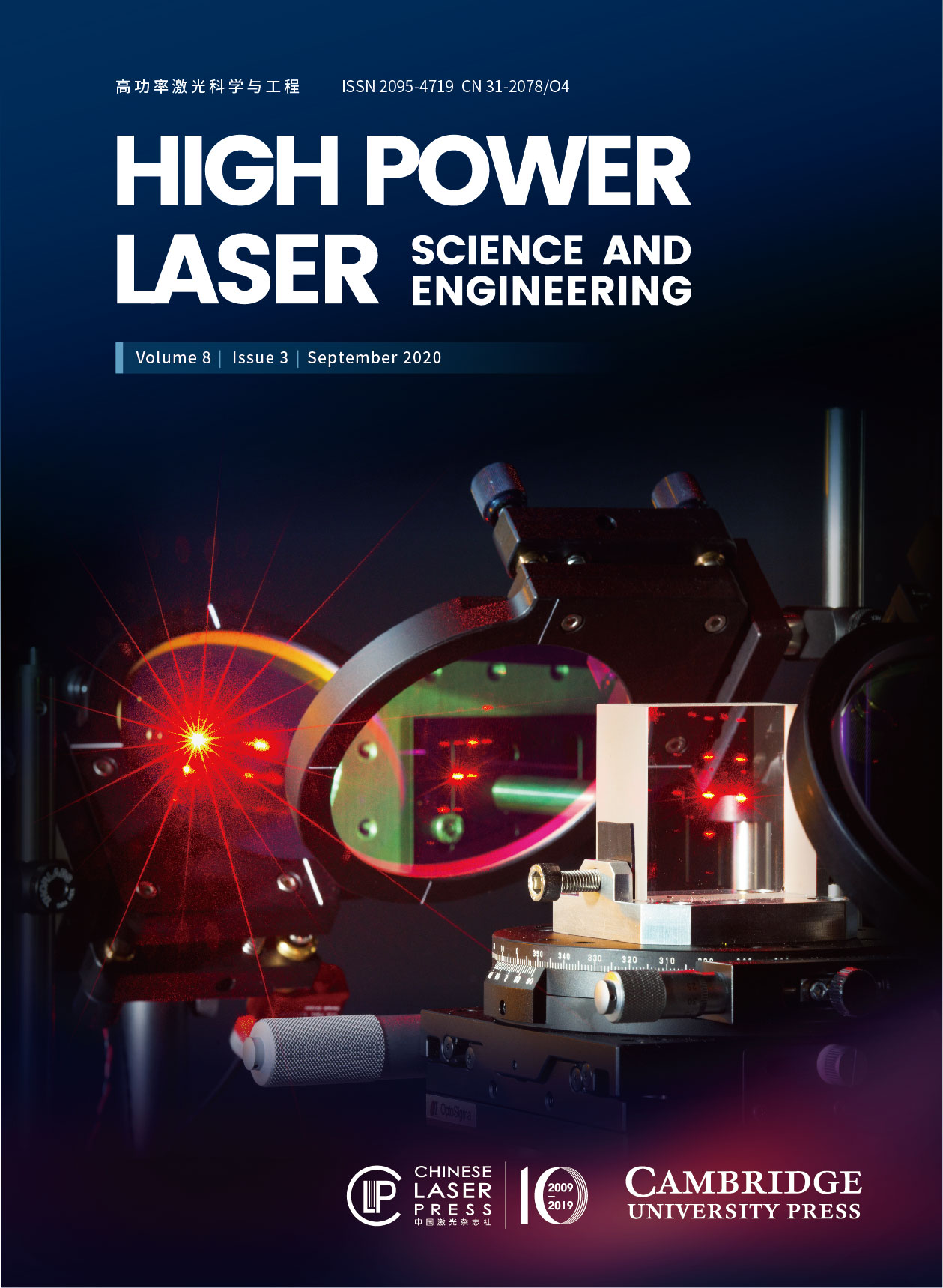 View fulltext
View fulltext
The experimental setup for the multi-J OPCPA amplification test stage for evaluate the performance of different type of crystal, operating in the Vulcan laser and the Central Laser Facility, STFC, UKRI.
In laser-pointing-related applications, when only the centroid of a laser spot is considered, then the position and angular errors of the laser beam are often coupled together. In this study, the decoupling of the position and angular errors is achieved from one single spot image by utilizing a neural network technique. In particular, the successful application of the neural network technique relies on novel experimental procedures, including using an appropriate small-focal-length lens and tilting the detector, to physically enlarge the contrast of different spots. This technique, with the corresponding new system design, may prove to be instructive in the future design of laser-pointing-related systems.
We evaluate and demonstrate ultra-broadband near-infrared noncollinear optical parametric amplification in two nonlinear crystals, bismuth borate (BiBO) and yttrium calcium oxyborate (YCOB), which are not commonly used for this application. The spectral bandwidth is of the microjoule level; the amplified signal is ≥ 200 nm, capable of supporting sub-10 fs pulses. These results, supported by numerical simulations, show that these crystals have a great potential as nonlinear media in both low-energy, few-cycle systems and high peak power amplifiers for terawatt to petawatt systems based on noncollinear optical parametric chirped pulse amplification (NOPCPA) or a hybrid.
We present a spatiotemporal model of pulse amplification in the double-pass active mirror (AM) geometry. Three types of overlap condition are studied, and the spatiotemporal scaling under the four-pulse overlapping (4PO) condition is fully characterized for the first time, by mapping the temporal and spatial segments of beam to the instantaneous gain windows. Furthermore, the influence of spatiotemporal overlaps on the amplified energy, pulse distortion and intensity profile is unraveled for both AM and zigzag configurations. The model, verified by excellent agreement between the predicted and measured results, can be a powerful tool for designing and optimizing high energy multi-pass solid-state laser amplifiers with AM, zigzag and other geometries.











